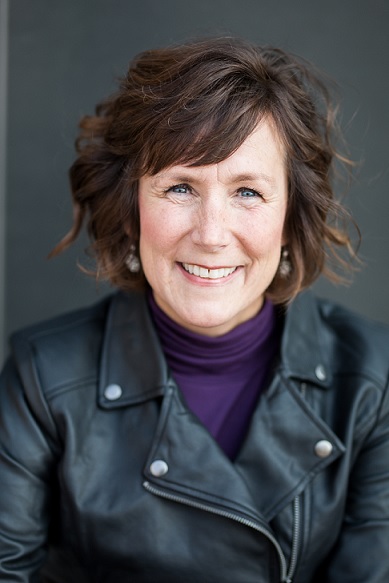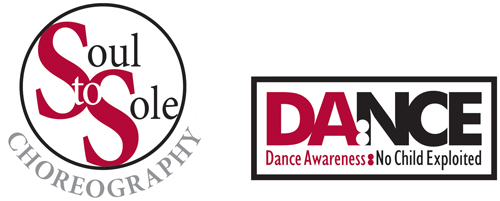by Susan P. Lloyd
Last October, I was on a flight from SFO to Miami, FL to present at the National Dance Educators’ Conference. I happened to sit next to Nancy Ng from the Luna Institute in Berkeley, California. She too, was on her way to the conference. Ms. Ng asked the title of my presentation. With a hint of hesitation, I announced; Addressing Hypersexulatization in Collegiate Dance. To my surprise, Nancy expressed interest and shared the following story: In Nancy’s home community of Marin County, California, her daughters’ school library displayed a number of magazines. The magazines made available for girls were about physical looks and appearances. The boy’s magazines focused on professions such as science, technology, engineering and math. When the differing content of the boy’s and girl’s magazines were brought to the attention of the librarian, the sentiment was familiar: “That’s just the way it is. Hegemony was alive and well in Marin County. Hegemony is the social, cultural or ideological influence by a dominant group. (Merriam-Webster.Com)
Dr. Dawn Clark discusses the effects of hegemony in her work titled; Considering the Issue of Sexploitation of Young Women in Dance; K-12 Perspectives in Dance Education. “Schools as a social institution, yield to hegemony on many levels. Depending on the pervasive social reality of the community, the school-as-institution reflects those beliefs. The school reflects the community. Students, faculty, administrators and parents come to be shaped by the dominant view. They often come to accept the ideas and influences of the dominant group “because that is the way it is.” Dr. Clark continues: “Due to the hegemonic pervasiveness of “objectifying” dancers for entertainment as encouraged by the media, costume catalogs and other sources, educators need to pause and consider their assumptions and practices.”
Admittedly, I have fallen into the trap of dance culture hegemony and allowed hypersexualization, because in all honesty, I was not prepared. What do you say when a students’ choice of music, costume and or movement suggests objectification? How can we as dance educators avoid the trap of falling into the hegemonic ideas of current dance culture? With the help of dance educators around the nation, I compiled a list of helpful hints:
- Encourage authentic expression. Use improvisation when coming up with movement for technique or choreographic works. Assign one of the elements of dance to use as a spring board: (Body, Action, Space, Time or Energy) this will help prevent mimicking what is seen on Youtube or other media.
- Create without music first and then add music or sound after the dancer has established a movement motif.
- Talk about intent. What is the message the dancer/choreographer is striving to communicate?
- Mentor all along the way. Be involved in the process from beginning to end.
If I had to pick the most vital concept from above in efforts to avoid the dominant dance culture of hypersexulization it would be mentoring. Let’s be “in it” with our students- encouraging, creating, talking and dancing all along the way.
 Susan P. Lloyd danced professionally with the Alwin Nikolais/Murray Louis Dance Company in New York City. Before dancing with the Nikolais Company, Mrs. Lloyd received her M.F.A. in dance performance at the University of Utah. She received her B.S. in dance at Utah State University. Susan has been on faculty and choreographed for schools throughout the intermountain region; including: Brigham Young University, Colorado Mesa University, Utah Valley University and Weber State University. Along with her husband and five children, Susan moved to the Bay Area in 2011. Mrs. Lloyd joined the Performing Arts Faculty at Las Positas College in Livermore, CA in 2016.
Susan P. Lloyd danced professionally with the Alwin Nikolais/Murray Louis Dance Company in New York City. Before dancing with the Nikolais Company, Mrs. Lloyd received her M.F.A. in dance performance at the University of Utah. She received her B.S. in dance at Utah State University. Susan has been on faculty and choreographed for schools throughout the intermountain region; including: Brigham Young University, Colorado Mesa University, Utah Valley University and Weber State University. Along with her husband and five children, Susan moved to the Bay Area in 2011. Mrs. Lloyd joined the Performing Arts Faculty at Las Positas College in Livermore, CA in 2016.
